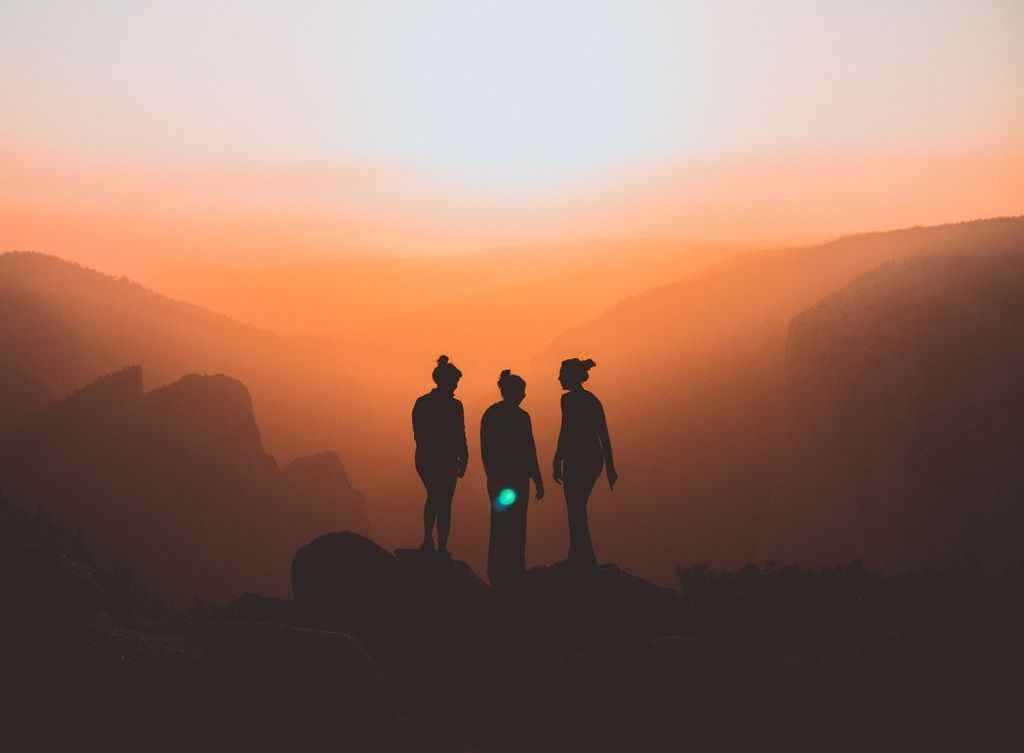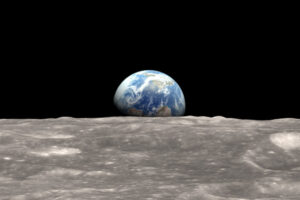Know the feeling of being “alone in a crowd”? The reason is simple: being surrounded by people might feel nice, but it isn’t the recipe for strong social bonds.
“It is the quality, not quantity, of our relationships that fulfills our need for connectedness,” clinical psychologist Miriam Kirmeyer says.
Here’s how to start improving the quality of your relationships – as either a resolution for 2022, or a practice to begin anytime.
Ask others how they’re doing (and mean it)
Kirmeyer, writing in in the Guardian newspaper, describes how modern culture conditions us to keep our struggles bottled up. When everyone’s social media feeds are full of “wins,” it can feel like good news is the only kind worth sharing.
But everyone, even the most social among us, feels lonely at times. The best prescription for this most common of ills? Openness 👐 and authenticity 😄 about how we’re really doing.
“Perhaps the most powerful approach is to simply talk about [loneliness] – with each other,” she says.
Because there’s still a stigma around sharing our hardships, Kirmayer recommends asking other people how they’re doing 🗣 to encourage them out of their shells. Acknowledging your own loneliness is a good place to start.
“‘I’m feeling lonely. Is this something you can relate to?’,” she suggests as a prompt.
The lesson: Be authentic about your own challenges and aim to get others to share theirs.
Explore your community
By getting to know friends, family, neighbors, or acquaintances more deeply, you can open up a new layer of connections within your life. But it’s also possible to cultivate new social relationships.
The English town of Frome (pronounced froom) is a case study in forming new bonds within one’s community. Frome has volunteer “community connectors” who socialize the activities and resources available to residents, such as woodworking classes.
Many communities, including those here in the US, have programs like these. The challenge ❌ is that they’re not always well advertised.
Frome is lucky enough to have a guide to its community services created by a community development worker. In the absence of that kind of resource, you may have to do some digging to unearth the activities available near you — on your town’s website, or those of local nonprofits. But the payoff 🤑 is worth it.
“The camaraderie is what you really want,” 87-year-old Ron Carver says about Frome’s unique approach.
The lesson: Determine where people in your area come together (local government, not-for-profit, and religious organization websites are a good place to start), and reach out 🙌.
Give your time and energy
Simply participating in your community can be hugely rewarding. To really feel connected, though, you may want to go one step further and investigate how you can give back.
There is a rich tradition of giving in all of the world’s major religions — for good reason. Often, giving away your time ⏱ and energy ⚡️ can, counterintuitively, help you get closer to both yourself and the wider world.
“In Judaism, the commandment of tzedakah, or justice, shares the same root as Sadaqah, the Muslim word for giving,” US Surgeon General Vivek Murthy writes in his book Together.
The great thing about volunteering is that you can get started at any skill level and with any time commitment. Plus, there are countless organizations that need someone like you. No matter your abilities or interests, you’re sure to find a match 📍.
The same resources that point you to community activities — local government, nonprofits, and religious institutions — can also help you identify volunteer opportunities. Sites like Idealist and VolunteerMatch are a great source of info 🧠, too.
The lesson: Think about how you can give back — if only for a few hours a week.
What resolutions (if any) are you making for 2022? We’d love to hear them – find us on social media @illumyinc.
Photo by Karl Magnuson on Unsplash.


